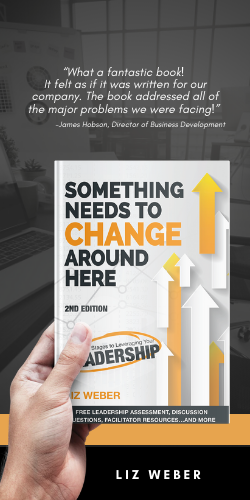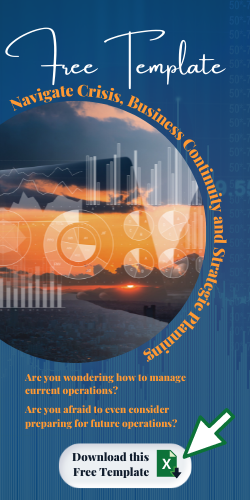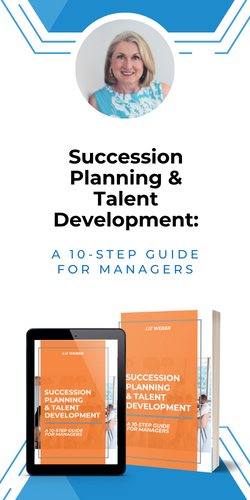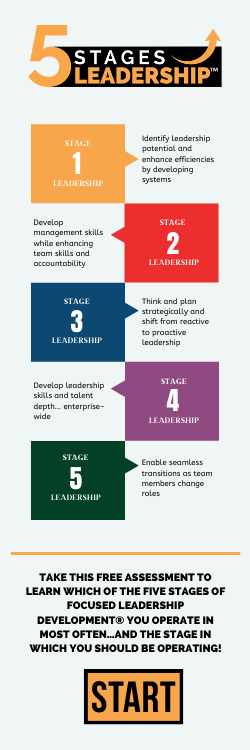
Ahhh, this is the wonderful time of year when organizations REQUIRE managers, supervisors, and team leaders sit down with their various team members to conduct one-on-one performance reviews. Doesn’t just the thought of holding one of these sessions turn your stomach? If you’re like most people it does.
Why? …Because most of the feedback sessions we’ve participated in or conducted ourselves have been horrendous! Quite often they’re hurried meetings that focus on past mistakes instead of focusing on growth and targeted employee development. Typically the only information the employees focus on is the final “rating” so they can determine what, if any, their pay increase will be.
 Typically, the reviewers pull the employees’ files, itemize the number of absences, tardies, or other policy infractions, calculate a final rating, and reiterate these to the employees through one-way conversations. How is that beneficial to the employee? Besides both the reviewer and the employee already know what happened in the past. In addition, to ensure she has enough to discuss and to show she’s diligent, quite often, the reviewer “springs” more recent infractions on the employee. Again, there’s nothing beneficial with that process, and it simply makes employee uncomfortable and the reviewer nervous while she anticipates the employee’s response.
Typically, the reviewers pull the employees’ files, itemize the number of absences, tardies, or other policy infractions, calculate a final rating, and reiterate these to the employees through one-way conversations. How is that beneficial to the employee? Besides both the reviewer and the employee already know what happened in the past. In addition, to ensure she has enough to discuss and to show she’s diligent, quite often, the reviewer “springs” more recent infractions on the employee. Again, there’s nothing beneficial with that process, and it simply makes employee uncomfortable and the reviewer nervous while she anticipates the employee’s response.
Instead of allowing these sessions to continue on their nerve racking, non-beneficial path, why not try a different approach? Encourage your managers to instill a new review and feedback process:
- Review and communicate to all employees the organization’s Vision, Mission and Values.
- Identify and communicate to all employees what the goals of the organization are for the upcoming year.
- Instill a new culture system whereby, managers, supervisors, and team leaders talk to employees as soon as they notice an employee’s performance is starting to veer off-track. Don’t accumulate these “infractions” to discuss for the first time at a formal review session. Quite often it’s too late to effectively change behavior without threats by this point. Don’t use feedback as a weapon. Use it as an instructional coaching tool.
- Discuss the individual employee’s role in helping the organization reach its goals for the upcoming year (see Step 2).
- Establish individual performance and development goals with the employees. This activity serves several purposes:
- Clarifies to the employees how they fit in and are critical the organization’s future.
- Clarifies why their work and continual growth and development matters.
- Establishes a more informational and cooperative review session for both the reviewer and the reviewee.
- Improves the overall organization’s communication and teamwork.
- Follow-up at least twice a year – if not quarterly – with the employees to track their progress towards their personal goals, and the overall organization’s progress towards its goals.
Focus on performance planning instead of reviews. Focus forward on the opportunities for growth. Stop reviewing the past infractions.
Copyright MCMXCV – Liz Weber, CMC, CSP – Weber Business Services, LLC – www.WBSLLC.com +1.717.597.8890
Liz supports clients with strategic and succession planning, as well as leadership training and executive coaching. Learn more about me on LinkedIn!
























